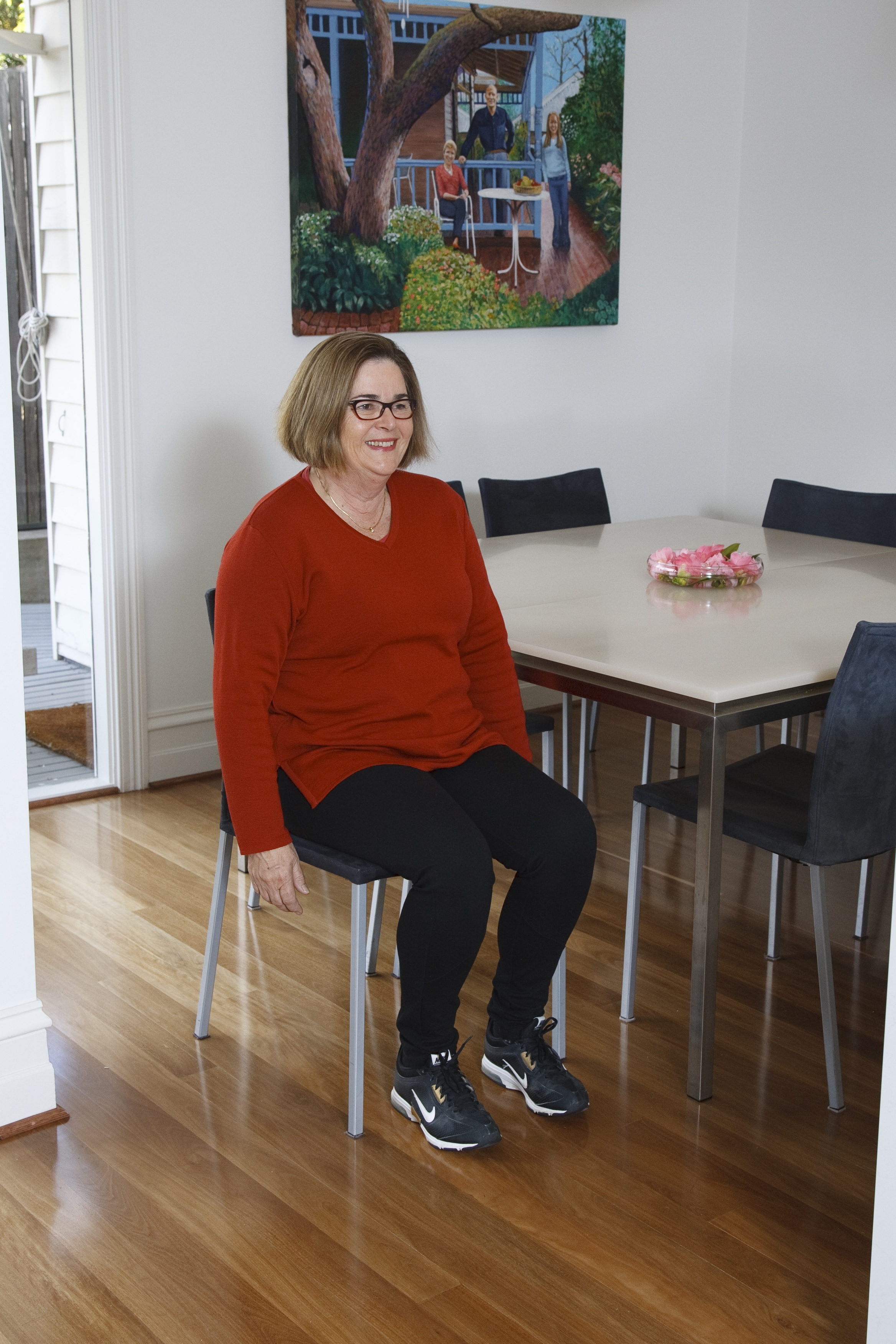Getting Started > Planning
Equipment & Space
Planning Menu
Equipment required to set up a program
Initial assessment (hospital or community health centre):
Flat (straight or circular) walking track (at least 25 meters in length) – if using 6MWT
Stop watch for walking test – if using 6MWT
Cones, tape measure, CD or tape player, ISWT recording – if using ISWT
Pulse oximeter
Stethoscope
Sphygmomanometer
Portable oxygen, low flow rate regulator and nasal prongs
Modified Borg Dyspnoea Scale
Borg Perceived Rate of Exertion Scale
Measuring wheel or tape measure for measuring the track
Relevant quality of life questionnaires (including licence for use, where appropriate)
Desk and chairs
Home assessment
Car
Small shopping trolley for equipment
Mobile phone (ideally with camera)
Duress alarm (ideal but not essential)
Measuring wheel or tape measure
Range of dumbbells – eg 2 x 0.5kg, 2 x 1.0kg, 2 x 2.0kg
TheraBand
Pulse oximeter
Stethoscope
Alcohol wipes and hand wash
Floor pedals (not essential but may be required for some patients)
Placebo inhalers (MDI, Accuhaler, Turbuhaler etc) – these can be obtained from pharmaceutical companies
Spacers for metered dose inhalers
Airway clearance information, including forced expiration technique tubes
Modified Borg Dyspnoea Scale forms
Borg Rate of Perceived Exertion forms
Navigation device – e.g. maps, GPS
Tissues
Patient’s equipment requirements.
It is possible for home rehabilitation to be conducted without any equipment however, the following are desirable:
Flat walking track – corridor (low exercise endurance), driveway, local streets or local park
Solid chair, preferably without arm rests
Flat wall space
Steps (one or two is adequate) – preferably next to a rail or wall for support
Arm weights – e.g. packets of spaghetti, bottles filled with water, dumbbells
TheraBand may be preferred by the patient for arm strengthening exercises
If the patient owns a treadmill, exercise bike, swimming pool or other equipment, these can be incorporated into their program.








